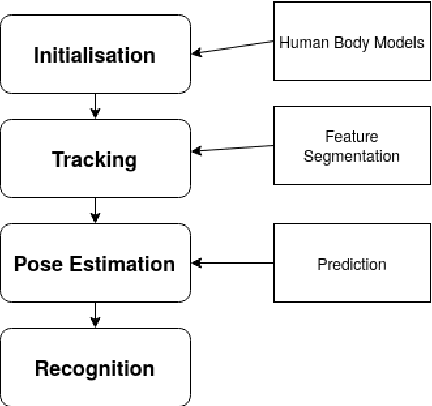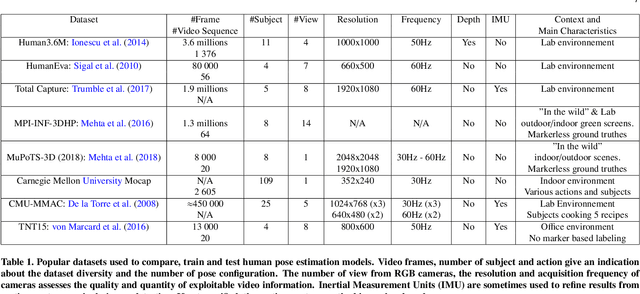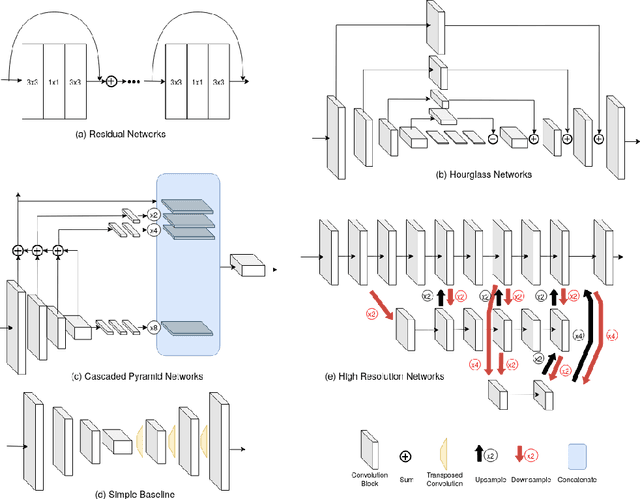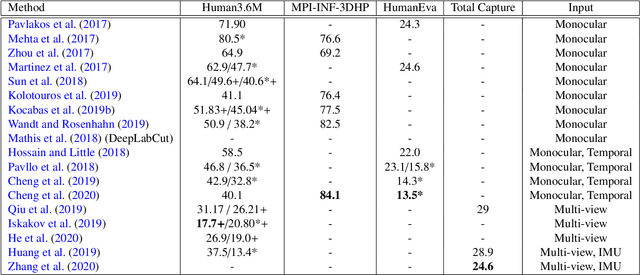Philippe Montesinos
RSD-DOG : A New Image Descriptor based on Second Order Derivatives
Aug 14, 2024Abstract:This paper introduces the new and powerful image patch descriptor based on second order image statistics/derivatives. Here, the image patch is treated as a 3D surface with intensity being the 3rd dimension. The considered 3D surface has a rich set of second order features/statistics such as ridges, valleys, cliffs and so on, that can be easily captured by using the difference of rotating semi Gaussian filters. The originality of this method is based on successfully combining the response of the directional filters with that of the Difference of Gaussian (DOG) approach. The obtained descriptor shows a good discriminative power when dealing with the variations in illumination, scale, rotation, blur, viewpoint and compression. The experiments on image matching, demonstrates the advantage of the obtained descriptor when compared to its first order counterparts such as SIFT, DAISY, GLOH, GIST and LIDRIC.
A review of 3D human pose estimation algorithms for markerless motion capture
Oct 19, 2020



Abstract:Human pose estimation (HPE) in 3D is an active research field that have many applications in entertainment, health and sport science, robotics. In the last five years markerless motion captures techniques have seen their average error decrease from more than 10cm to less than 2cm today. This evolution is mainly driven by the improvements in 2D pose estimation task that benefited from the use of convolutional networks. However with the multiplication of different approaches it can be difficult to identify what is more adapted to the specifics of any applications. We suggest to classify existing methods with a taxonomy based on the performance criteria of accuracy, speed and robustness. We review more than twenty methods from the last three years. Additionally we analyze the metrics, benchmarks and structure of the different pose estimation systems and propose several direction for future research. We hope to offer a good introduction to 3D markerless pose estimation as well as discussing the leading contemporary algorithms.
 Add to Chrome
Add to Chrome Add to Firefox
Add to Firefox Add to Edge
Add to Edge